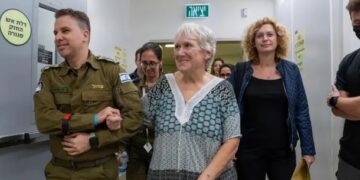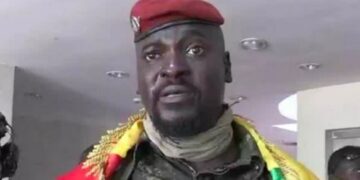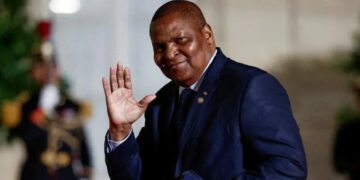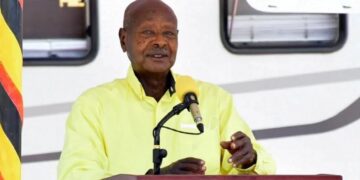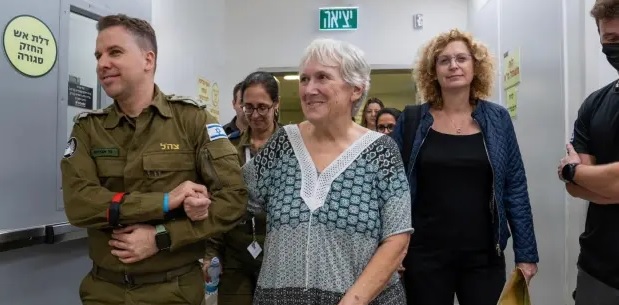By John Ikani
The delicate truce between Israel and Hamas continued to hold on Sunday, with the release of 17 more hostages by the militants, including 14 Israelis and the first American, marking the third exchange under the four-day ceasefire.
Israel reciprocated by releasing 39 Palestinian prisoners while the U.S. which has been a key broker of the truce expressed hope for an extension.
Some of the hostages were either handed over directly to Israel and were greeted by a cheering crowd at an air force base while others left through Egypt.
One hostage, 84-year-old Elma Avraham, was airlifted to a hospital, reportedly in a life-threatening condition due to a lack of proper care during her captivity.
The youngest hostage, 4-year-old dual Israeli-American citizen Abigail Edan, was among those released, having endured the trauma of losing her parents in a Hamas attack that triggered the conflict on October 7.
President Biden, acknowledging the unimaginable ordeal, expressed the goal of extending the ceasefire for as long as possible.
A total of nine children, aged 17 and younger, were on the list of released hostages, along with three additional Thai nationals.
Simultaneously, Hamas released a Russian hostage, the first male to be freed, citing efforts by Russian President Vladimir Putin.
The Palestinian prisoners released were mainly children and young men, aged 15-19, charged with offences such as public disorder and property damage.
These individuals were often associated with protests and confrontations with Israeli forces, seen by many Palestinians as heroes resisting occupation.
A fourth exchange is anticipated on Monday, the final day of the ceasefire, involving the release of a total of 50 hostages and 150 Palestinian prisoners, with a focus on women and minors.
International mediators, led by the U.S., Egypt, and Qatar, are actively working to extend the ceasefire beyond its initial four-day duration. President Biden emphasized the need to keep pushing for the return of all hostages, with discussions ongoing about a potential extension.
Hamas, for the first time, expressed interest in extending the deal by releasing a larger number of hostages. Prime Minister Netanyahu reiterated Israel’s offer to extend the ceasefire for an additional day for every 10 hostages released by Hamas.
However, he warned that Israel would resume its offensive with full force once the truce expires.
In a significant development, Netanyahu, wearing body armour, visited the Gaza Strip and reassured that every hostage would be returned. The pause marks the first substantial break in the seven-week conflict, characterized by the deadliest Israeli-Palestinian violence in decades.
The release of a video by Hamas’ military wing depicted the handover of hostages to Red Cross workers and paramedics. Families in Kfar Aza celebrated the return of hostages from their town, emphasizing the emotional toll with over 70 members killed and 18 kidnapped.
The ceasefire provides a temporary reprieve for Gaza’s population, still reeling from extensive Israeli bombardment that displaced three-quarters of the residents. Rocket fire from Gaza into Israel ceased during the truce, bringing relief to both sides.
While the truce allows for increased humanitarian aid delivery, the United Nations stresses that the current volume remains insufficient. The pause enabled the delivery of fuel for the first time since the conflict began, reaching areas in the north that had been inaccessible for a month.
In a separate development, Hamas announced the death of Ahmed al-Ghandour, the highest-ranking militant known to be killed in the fighting. The Israeli military confirmed his death, highlighting his involvement in past cross-border attacks.
The ceasefire has also seen a surge in violence in the Israeli-occupied West Bank, with five Palestinians reported killed in a military raid in Jenin. The overall toll in the West Bank now stands at 239 casualties, further complicating the broader regional situation.
